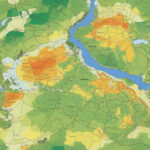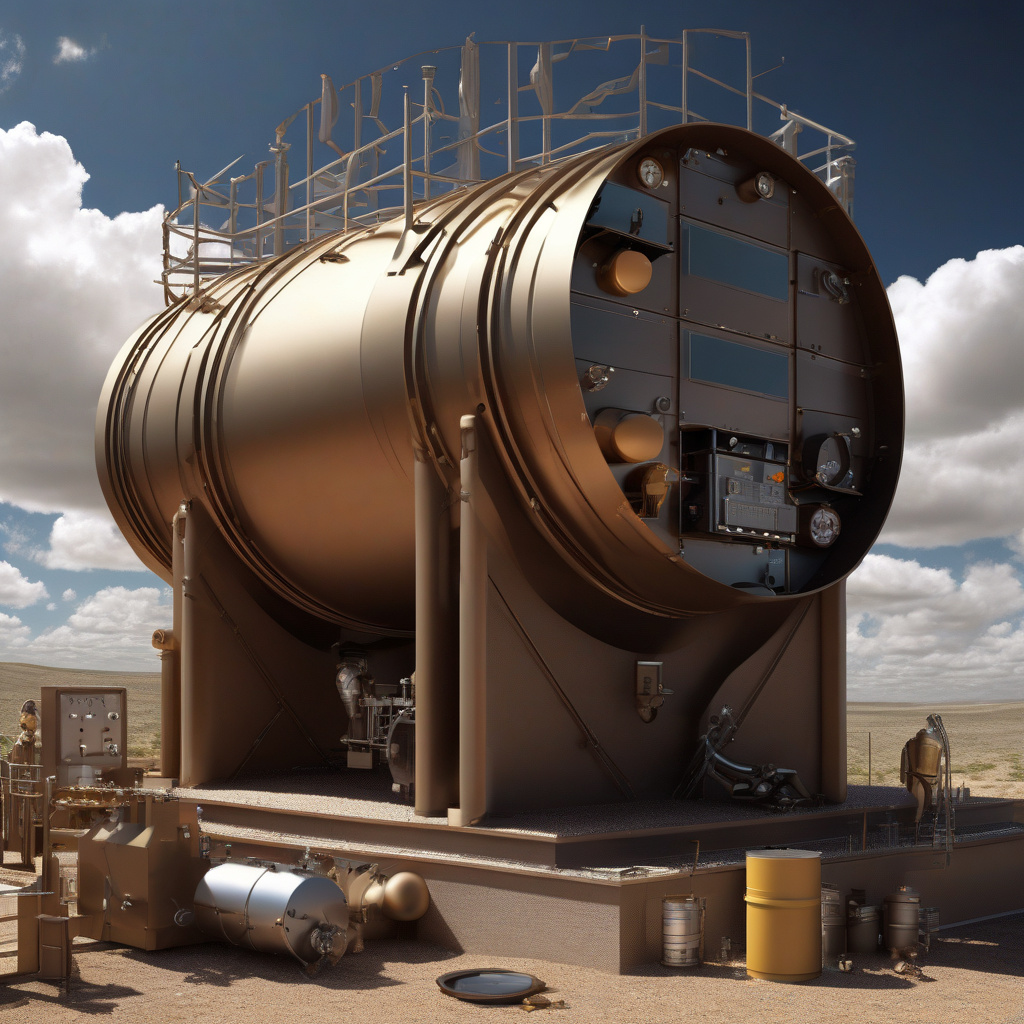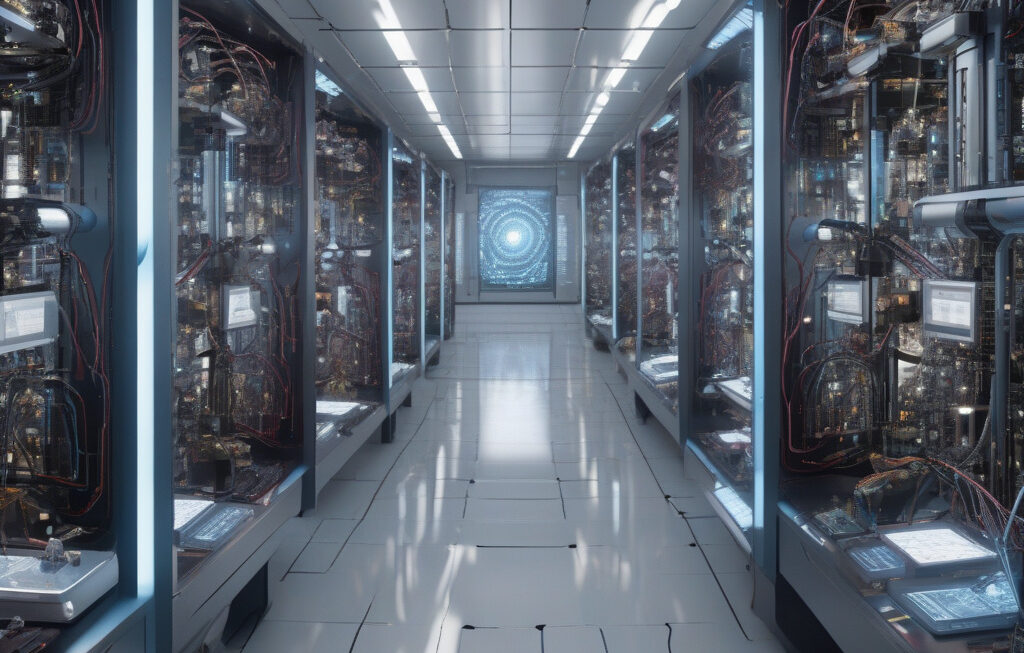SUV-sized barrel blasts 6 million joules to mimic solar storms that disrupt GPS, power
There’s a cosmic force so immense it powers the sun’s explosive flares and, at the same time, poses a significant threat to our technology-dependent world: solar storms. These magnetic eruptions from the sun can interfere with GPS systems, power grids, and communication networks, causing massive disruptions and financial losses. To better understand and prepare for these space weather events, scientists and engineers have developed a unique way to mimic the impact of solar storms here on Earth.
At the Southwest Research Institute in San Antonio, Texas, a team of researchers has created a one-of-a-kind experiment using a specially designed SUV-sized barrel that can deliver a blast of 6 million joules, equivalent to the energy released by a lightning strike, to simulate the effects of a solar storm. This innovative approach allows scientists to study how these extreme space weather events can impact our technology and infrastructure.
By generating controlled plasma bursts inside the barrel, researchers can recreate the conditions of a solar storm and observe its effects on electronic devices, power systems, and satellite communications. This groundbreaking experiment provides valuable insights into the vulnerabilities of our technology to space weather phenomena and helps develop strategies to mitigate their impact.
One of the major concerns associated with solar storms is their potential to disrupt GPS signals, which are crucial for navigation, communication, and various commercial applications. During a severe solar storm, the Earth’s magnetic field can be overwhelmed by the influx of charged particles, leading to inaccuracies in GPS positioning and timing. By studying these phenomena in the laboratory setting, scientists can improve the resilience of GPS systems and reduce the risks posed by space weather events.
In addition to GPS disruptions, solar storms can also induce geomagnetically induced currents (GICs) in power grids, potentially causing blackouts and damaging transformers. The intense magnetic fields associated with solar storms can induce electric currents in the Earth’s surface, which then flow through power lines and substations, posing a serious threat to the stability of the electrical grid. Through advanced simulations and experiments like the one at the Southwest Research Institute, engineers can develop protective measures to safeguard power infrastructure against the impact of space weather.
Furthermore, the insights gained from these experiments are not limited to scientific research but also have practical implications for industries reliant on technology. For example, satellite operators can use the data from solar storm simulations to improve the design of spacecraft and enhance their resilience to space weather. By implementing robust shielding and mitigation strategies, satellite operators can minimize the risk of operational disruptions and extend the lifespan of their assets in orbit.
As our society becomes increasingly interconnected and dependent on technology, understanding and mitigating the risks of solar storms are paramount. By replicating the extreme conditions of space weather in a controlled environment, scientists and engineers can develop innovative solutions to protect our infrastructure, enhance the reliability of our technology, and ensure the continuity of essential services in the face of solar disturbances.
In conclusion, the SUV-sized barrel experiment at the Southwest Research Institute represents a significant step forward in our ability to study and prepare for the impacts of solar storms on Earth. By harnessing the power of controlled plasma bursts, researchers are unraveling the mysteries of space weather and paving the way for a more resilient and secure technological future.
solar storms, technology, space weather, Southwest Research Institute, GPS disruptions












